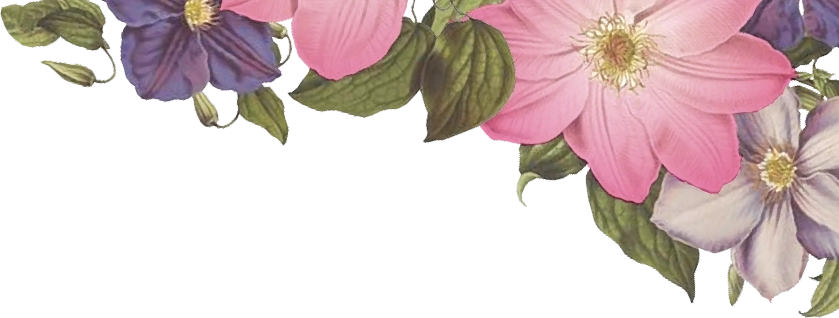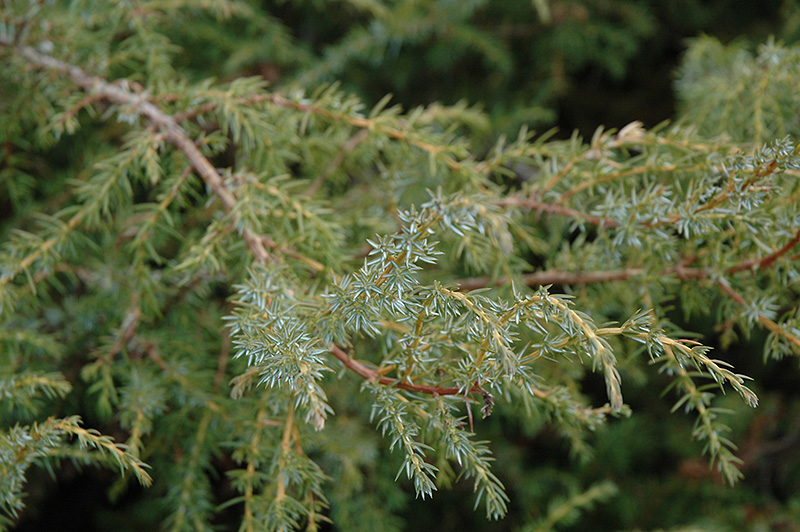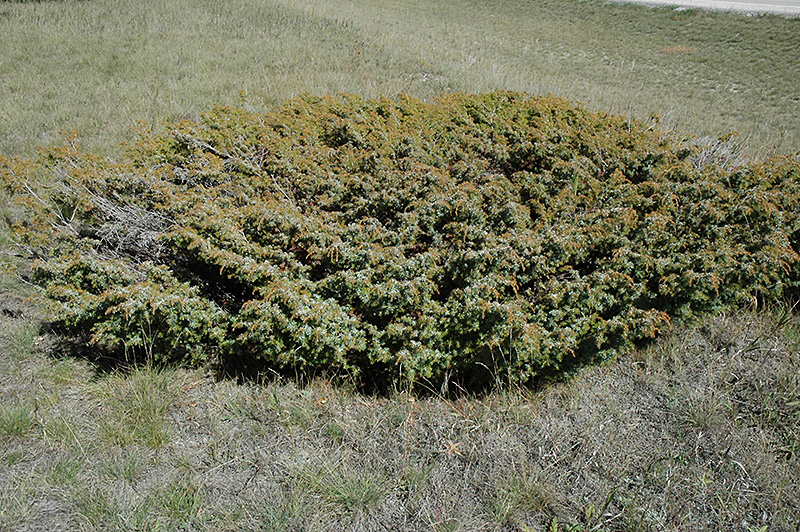WHAT WOULD YOU LIKE TO PLANT?
Height: 6 feet
Spread: 10 feet
Sunlight:
![]()
Hardiness Zone: 2
Description:
An upright, wide sprawling evergreen shrub with very pointy needles which often are streaked with interesting silvery blue lines, some discoloration in winter; powdery blue berries; extremely adaptable to poor soils and dry locations, very hardy
Ornamental Features
Common Juniper is a dwarf conifer which is primarily valued in the landscape or garden for its cascading habit of growth. It has rich green evergreen foliage. The needles turn coppery-bronze in the fall, which persists throughout the winter. It produces blue berries from late spring to late winter.
Landscape Attributes
Common Juniper is a multi-stemmed evergreen shrub with a shapely form and gracefully arching branches. It lends an extremely fine and delicate texture to the landscape composition which can make it a great accent feature on this basis alone.
This is a relatively low maintenance shrub, and is best pruned in late winter once the threat of extreme cold has passed. It has no significant negative characteristics.
Common Juniper is recommended for the following landscape applications;
- Mass Planting
- General Garden Use
- Groundcover
Planting & Growing
Common Juniper will grow to be about 6 feet tall at maturity, with a spread of 10 feet. It tends to fill out right to the ground and therefore doesn't necessarily require facer plants in front, and is suitable for planting under power lines. It grows at a slow rate, and under ideal conditions can be expected to live for approximately 30 years.
This shrub should only be grown in full sunlight. It is very adaptable to both dry and moist growing conditions, but will not tolerate any standing water. It is considered to be drought-tolerant, and thus makes an ideal choice for xeriscaping or the moisture-conserving landscape. It is not particular as to soil type or pH. It is highly tolerant of urban pollution and will even thrive in inner city environments. This species is native to parts of North America.




